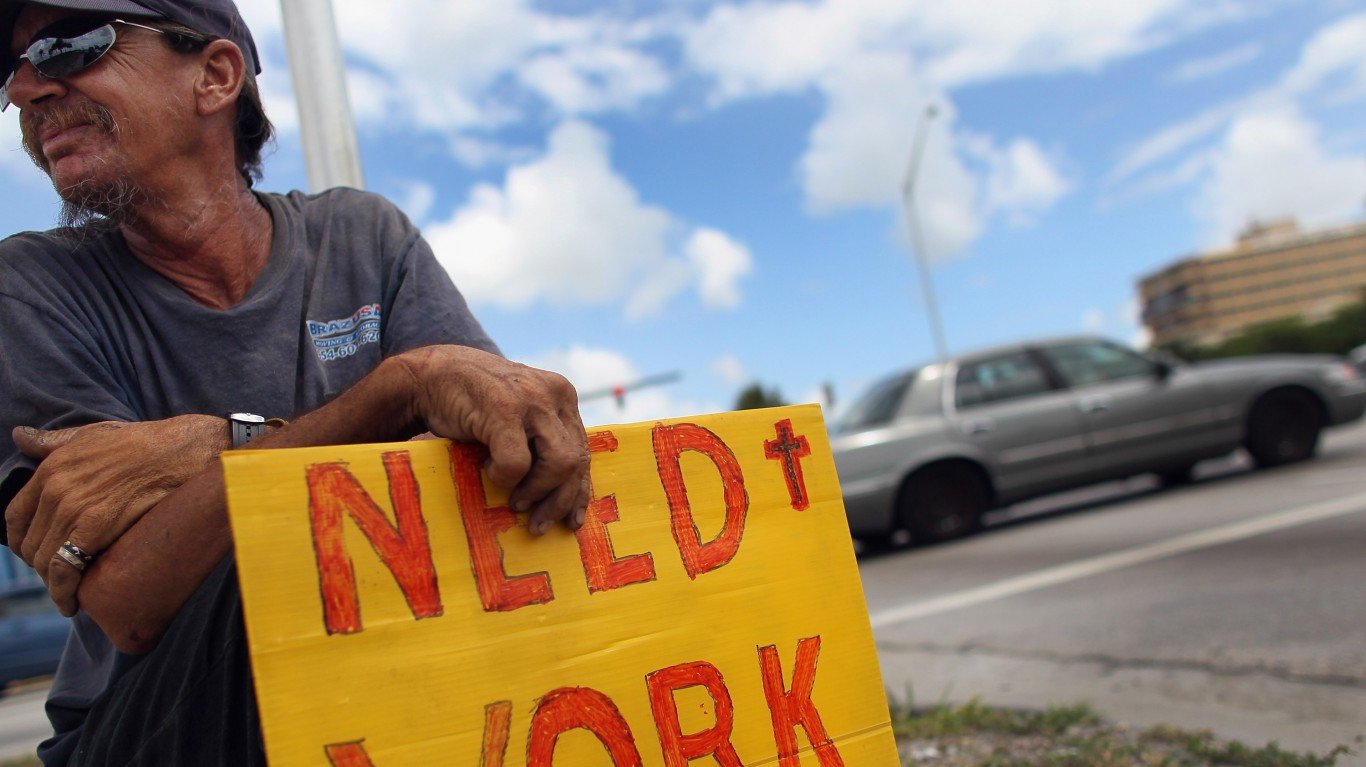

The stock and bond markets eagerly await each month’s unemployment report and payrolls report. It is one of the top two measurements of the overall economy. Unfortunately, the strong jobs report for June is now old enough that it may no longer be relevant, considering the COVID-19 case spike seen since the so-called reference week.
The U.S. Bureau of Labor Statistics (BLS) reported that the United States added 4.8 million jobs in June. The Dow Jones estimate had been about 3.1 million.
The official unemployment rate fell to 11.1% in June from a 13.3% reading in May. Dow Jones had a consensus estimate of 12.5% for June.
In a separate weekly jobless claims report from last week, the unemployment claims fell by 55,000 to 1.43 million. That is down from a peak of roughly 7 million weekly claims.
One issue that may be ignored in some of the media reports is that the so-called survey reference week was June 7 through June 13. This was largely before the number of resurging COVID-19 cases reached the current extreme levels.
As for the industries posting the biggest gains, the BLS indicated that employment in leisure and hospitality rose sharply, while there were notable gains in retail trade, education and health services, the so-called “other” services, manufacturing, and the professional and business services sector.
All in all, June saw the number of unemployed people shrink by 3.2 million to 17.8 million. The BLS showed that the number of unemployed people who were jobless for less than five weeks declined by 1.0 million to 2.8 million last month. Unemployed people who have been jobless for five to 14 weeks were down by 3.3 million to 11.5 million, and they accounted for 65.2% of the unemployed.
One additional key reading is the labor force participation rate, which increased by 0.7 percentage point in June to 61.6%. While an improvement is better than a negative move, the participation rate is still 1.9 percentage points below its February pre-pandemic level. Total employment counted in the household survey rose by 4.9 million to 142.2 million in June.
The number of persons not in the labor force who currently want a job declined by 767,000 to 8.2 million, but this was still 3.2 million higher than the report for February.
While the total government employment rose by 33,000 jobs in June, there were a net of 25,000 job losses in state government, and total government employment is down by 1.5 million from February’s level. Other job losses were seen in mining as the main sector.
Average pay is also now lower, after having posted significant gains in the prior year or two. Average hourly earnings (all nonfarm employees) fell by more than 1% (by $0.35 per hour) to $29.37 per hour. Average hourly earnings of production and nonsupervisory employees also fell by $0.23 to $24.74 per hour in June.
Again, the reference week being in the first half of June means that the new COVID-19 surge and the delays in reopening (or the re-closures) and delays in resumption of activities were hardly accounted for. One argument could be made to support the strong jobs numbers: at least that reference week didn’t have a negative starting point.
Sponsored: Attention Savvy Investors: Speak to 3 Financial Experts – FREE
Ever wanted an extra set of eyes on an investment you’re considering? Now you can speak with up to 3 financial experts in your area for FREE. By simply
clicking here you can begin to match with financial professionals who can help guide you through the financial decisions you’re making. And the best part? The first conversation with them is free.
Click here to match with up to 3 financial pros who would be excited to help you make financial decisions.
Thank you for reading! Have some feedback for us?
Contact the 24/7 Wall St. editorial team.
 24/7 Wall St.
24/7 Wall St.


